𝑻𝒉𝒆 𝑷𝒂𝒔𝒕, 𝑷𝒓𝒆𝒔𝒆𝒏𝒕, 𝒂𝒏𝒅 𝑭𝒖𝒕𝒖𝒓𝒆 𝒐𝒇 𝑻𝒆𝒄𝒉𝒏𝒐𝒍𝒐𝒈𝒚 𝒊𝒏 𝒕𝒉𝒆 𝑾𝒂𝒓𝒆𝒉𝒐𝒖𝒔𝒆
Continuing our journey, It’s entirely possible that by the year 2045, the warehouse management system will be much more worthy of the title, able to control every aspect of warehouse operation, including security, receiving, put-away, storage, picking, and dispatch, as well as lighting, temperature control, indirect materials purchasing and even some, if not all, maintenance.
𝐓𝐡𝐞 𝐋𝐢𝐯𝐢𝐧𝐠, 𝐒𝐞𝐧𝐬𝐢𝐧𝐠 𝐖𝐚𝐫𝐞𝐡𝐨𝐮𝐬𝐞 – In the warehouse of 2045, sensor technology will enable everything from mechanical handling equipment, through warehouse robots and storage racks, to the very fabric of the warehouse structure, to monitor conditions and performance.
Machine-to-machine communication will enable the sensors to relay data constantly to the warehouse management system, while integrated analytics and machine-learning capabilities enable that system to pass instructions back to warehouse robots (perhaps including aerial drones for certain high-level tasks).
Interpreting those instructions, the robots will respond appropriately to perform basic maintenance and repair tasks on the building, MHE, automated machines, and perhaps even themselves or each other… And so the warehouse of 2045 becomes a virtual living entity, capable of taking care of itself and the operations it houses, with minimal need for human intervention.
While a certain amount of human expertise may still be needed, there’s every chance that warehouse managers and technicians will simply monitor the operational status from their homes, using laptops or tablets, make adjustments as needed, and occasionally respond to more serious situations by riding out in their (probably driverless) cars to get hands-on with machinery or inventory.
Isn’t it mesmerizing to look at the future and does it not rings bell in terms of acquiring new knowledge to keep abreast the coming times. Conventional knowledge will not hold good very soon. A study says that in next 10 years almost 60% of the professions existing today will no longer be there.
Let’s continue this essence from this series to keep enhancing our learnings and hope you could find this series informative. Do comment and let me know and till then follow #gccoach.

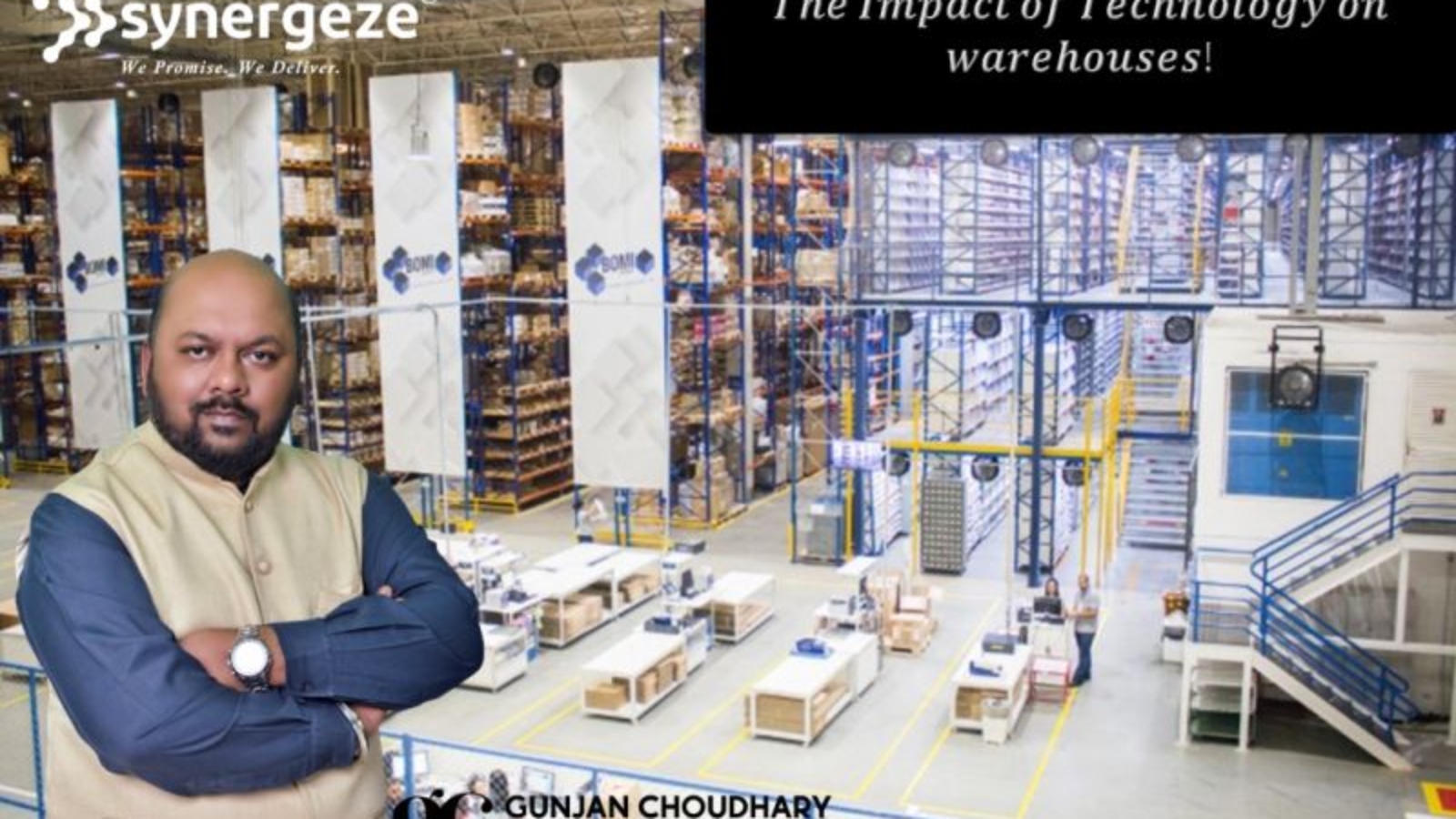
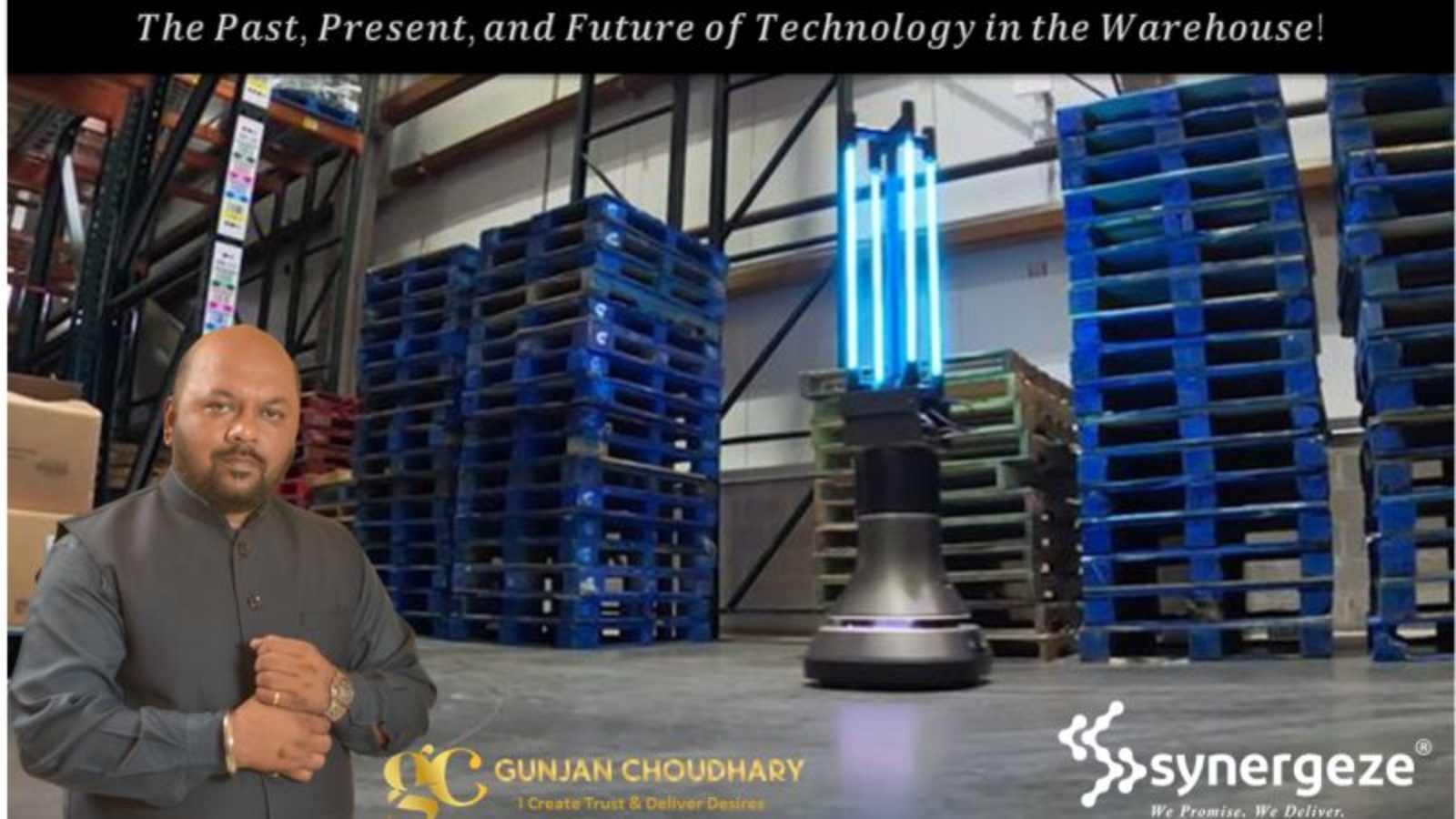
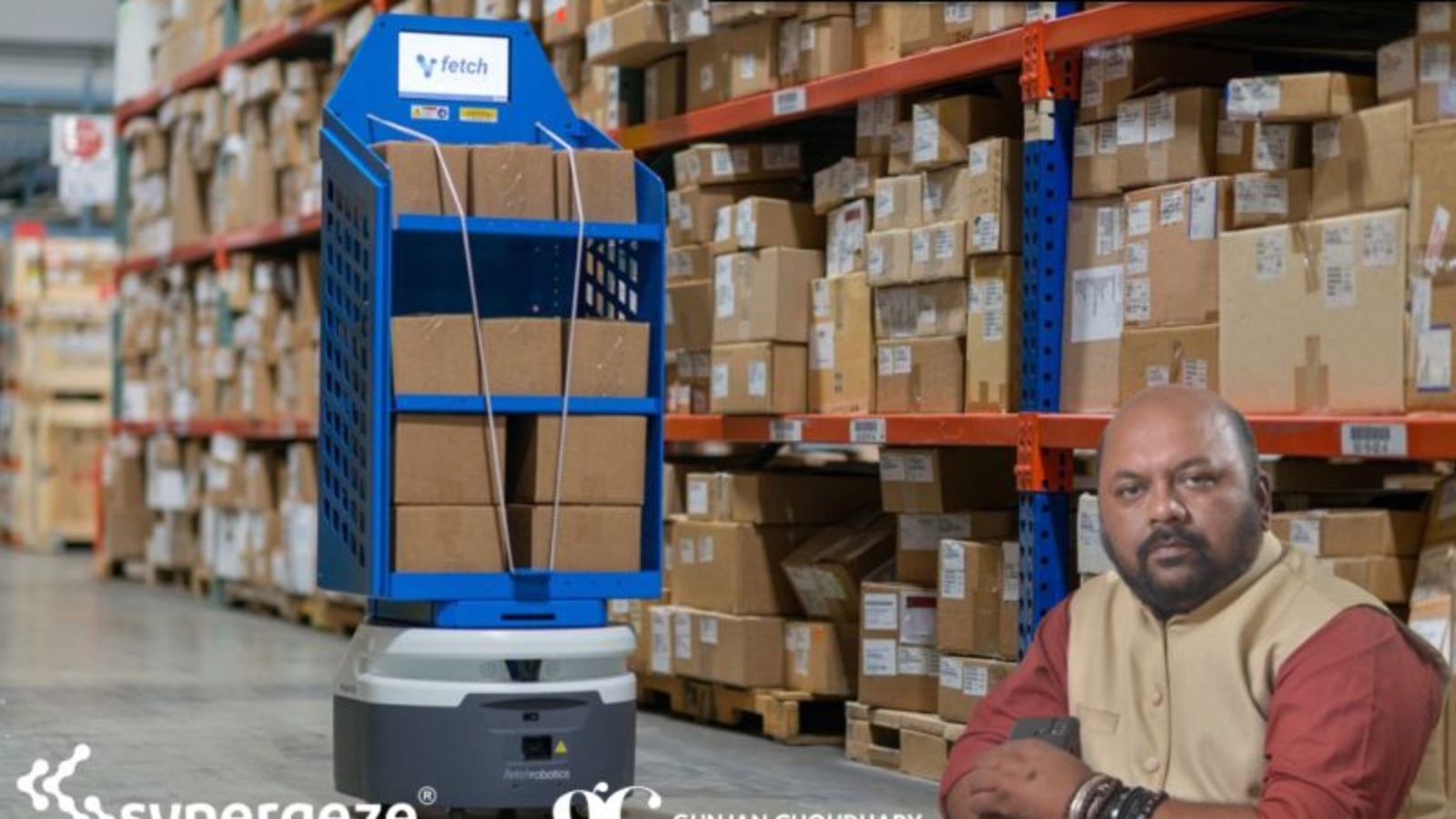
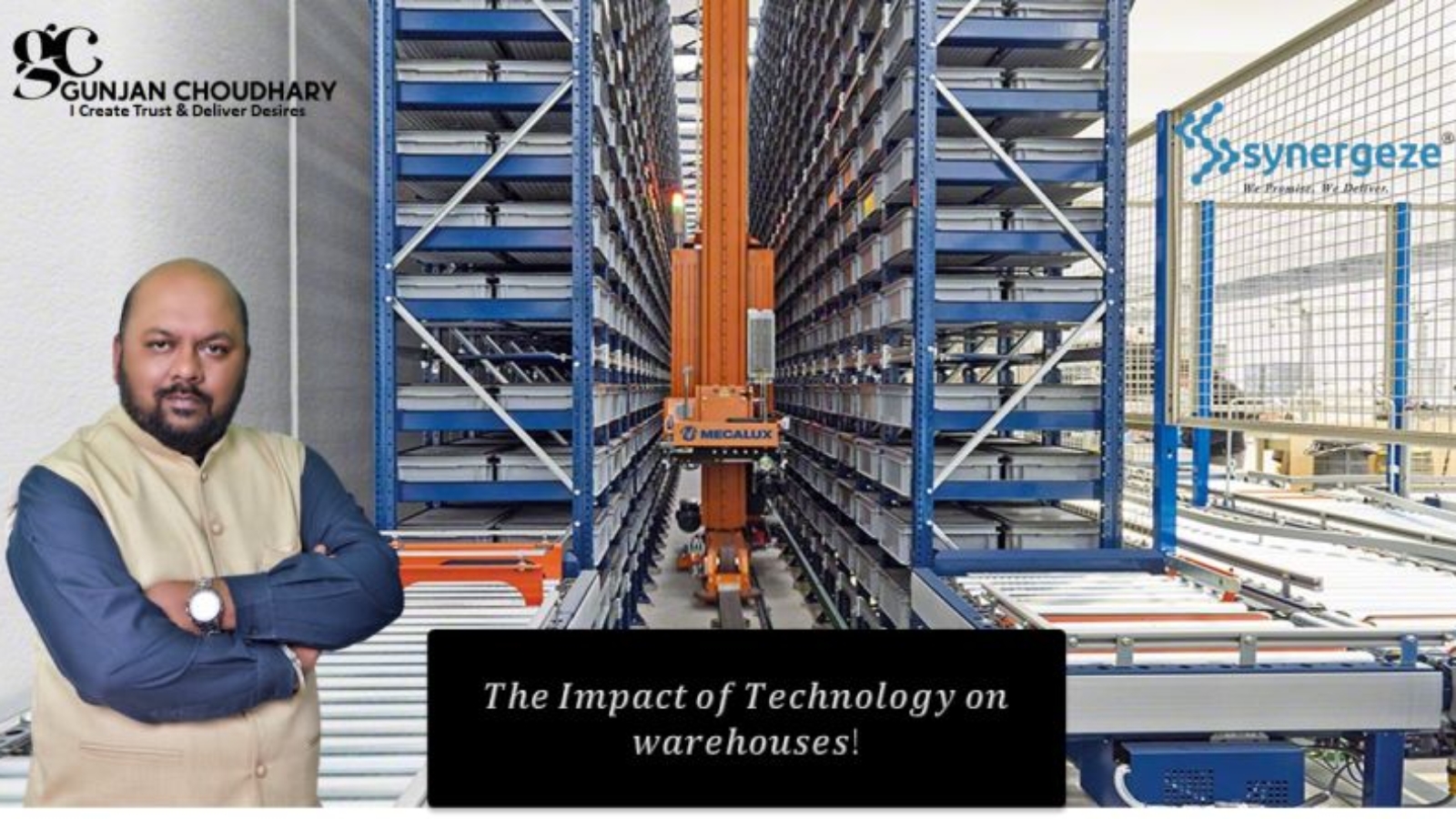
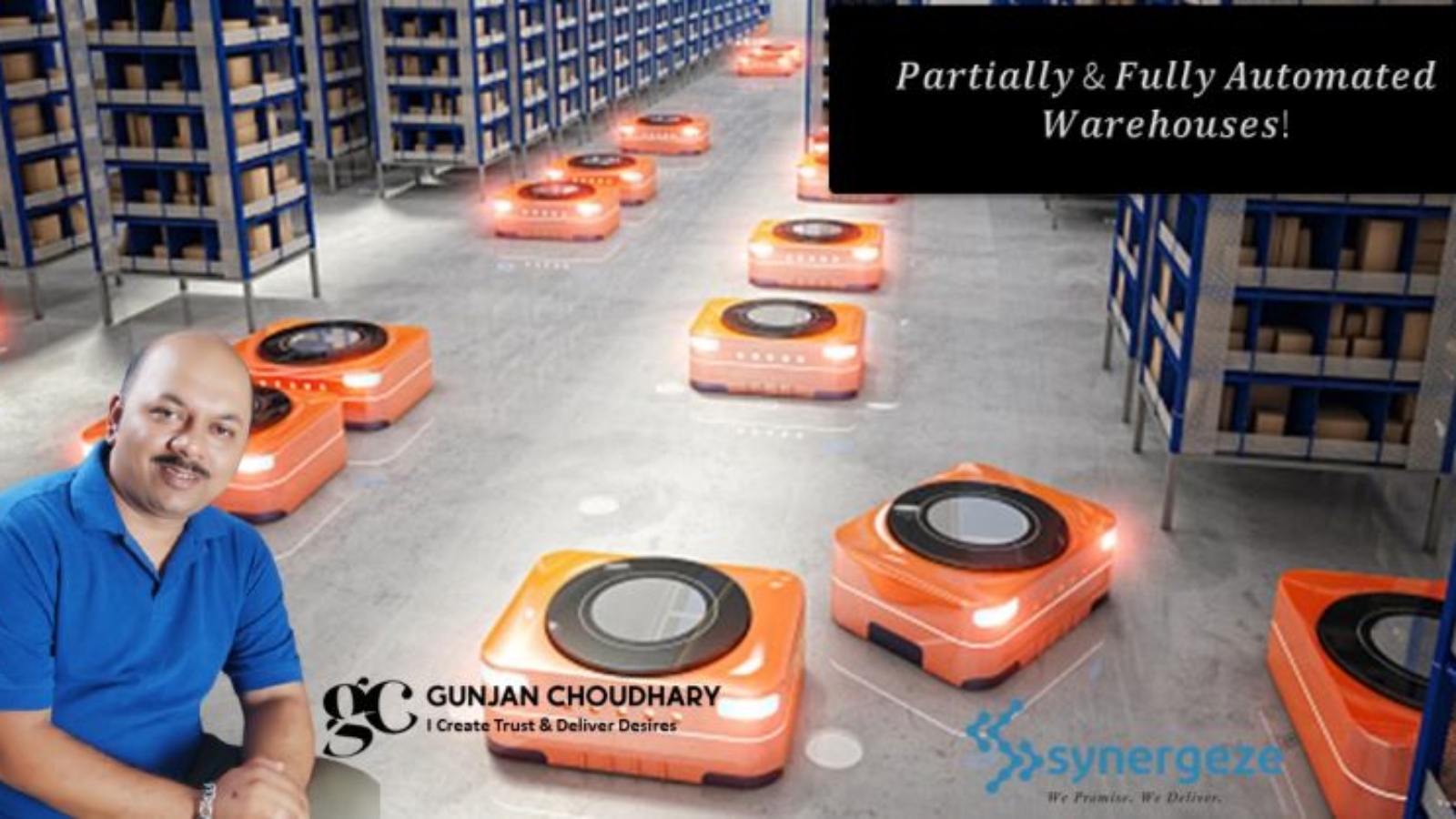
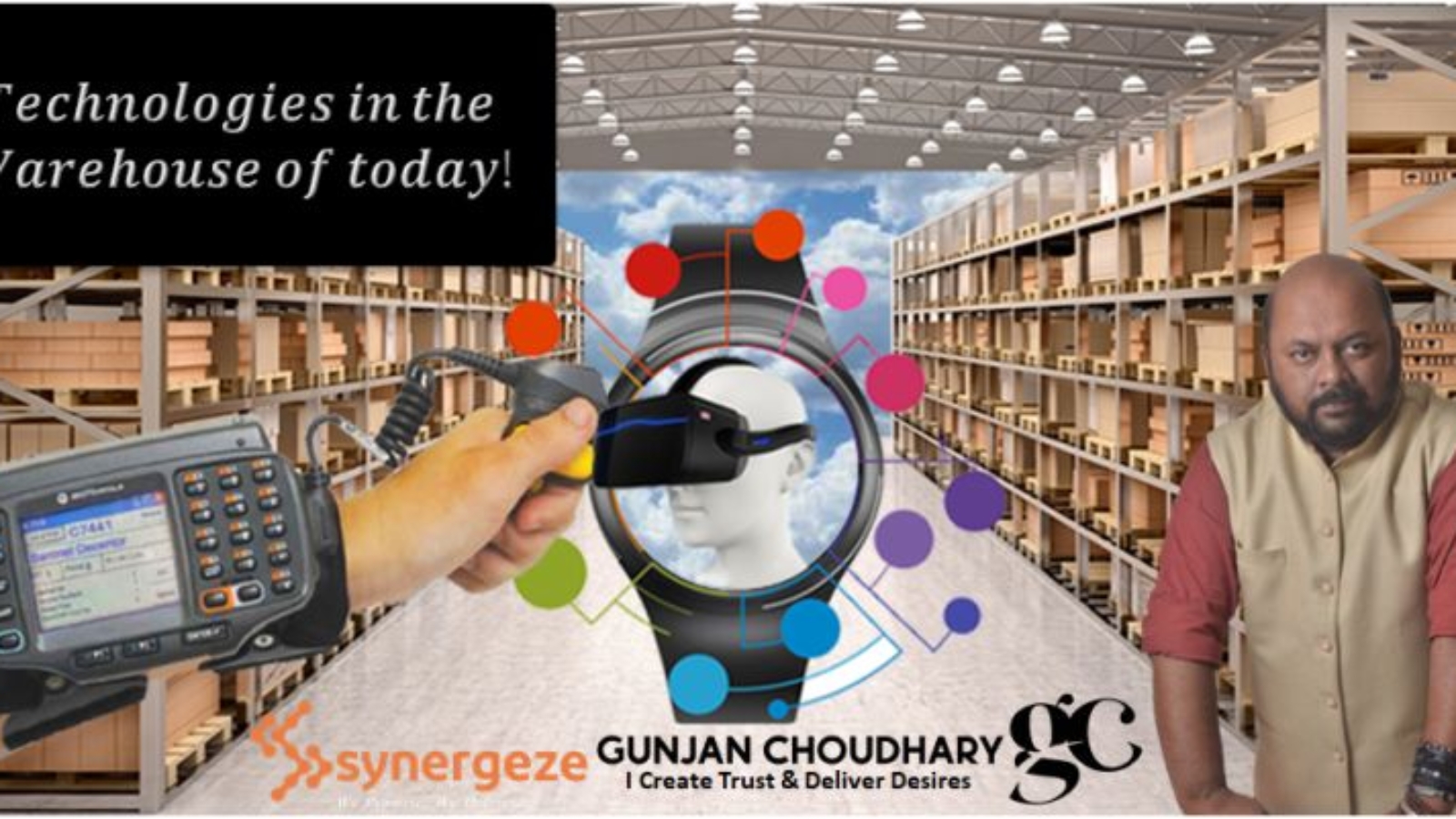


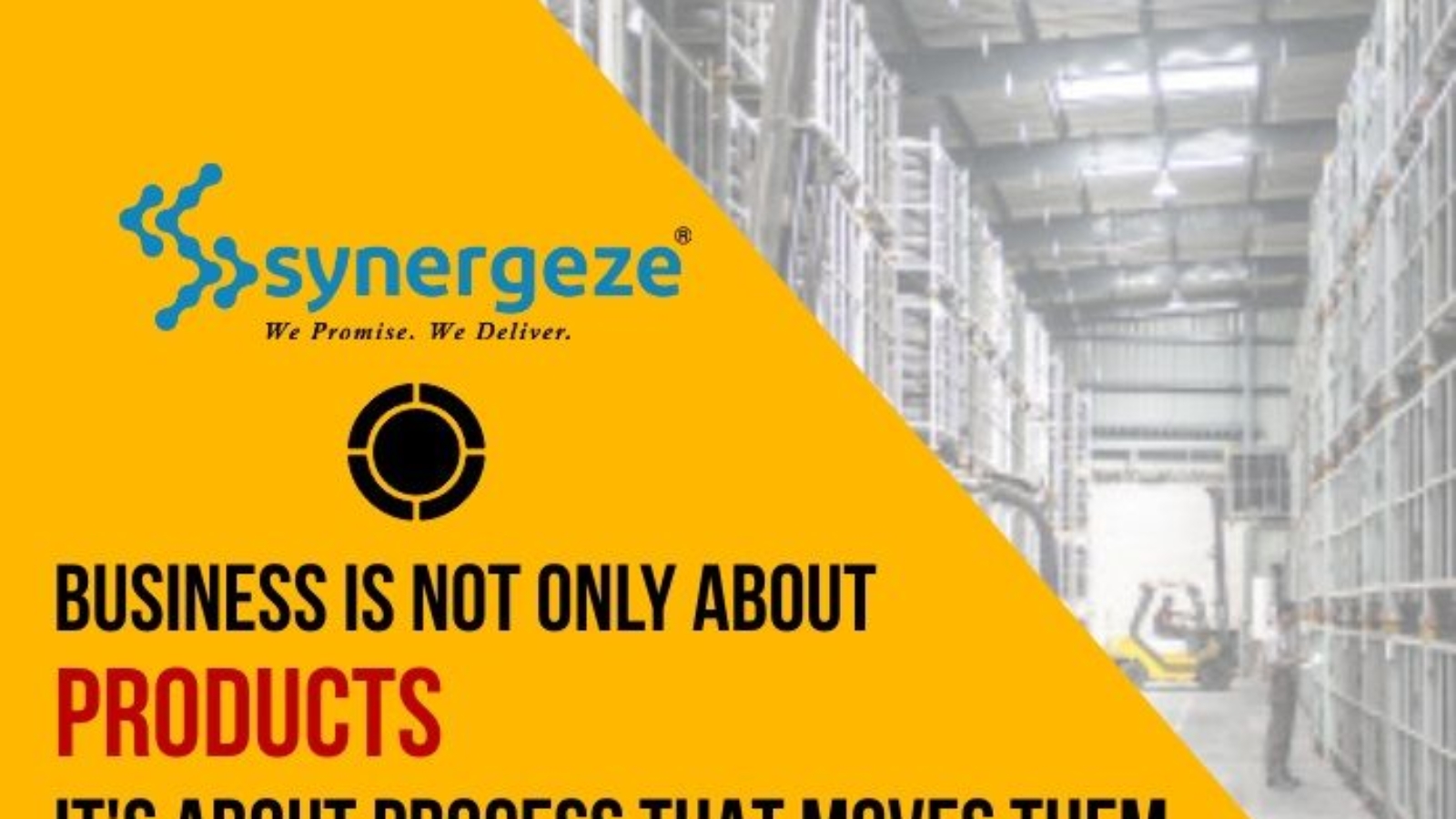
𝑻𝒆𝒄𝒉𝒏𝒐𝒍𝒐𝒈𝒚’𝒔 𝑫𝒊𝒓𝒆𝒄𝒕 𝑰𝒎𝒑𝒂𝒄𝒕 𝒐𝒏 𝑻𝒐𝒅𝒂𝒚’𝒔 𝑾𝒂𝒓𝒆𝒉𝒐𝒖𝒔𝒆𝒔 – Now we’re back from 1990, let’s take a look around today’s warehouse. Instead we’ll visit a DC that you’re not familiar with, to get a broad view of how technology is currently impacting warehouse operations.
First let’s visit this distribution center run by a medium-sized enterprise. Aside from an absence of people with paper, let’s see what evidence we can find of technological impact.
𝑻𝒉𝒆 𝑷𝒂𝒓𝒕𝒊𝒂𝒍𝒍𝒚 𝑨𝒖𝒕𝒐𝒎𝒂𝒕𝒆𝒅 𝑾𝒂𝒓𝒆𝒉𝒐𝒖𝒔𝒆
This warehouse is fairly advanced in terms of technology, but clearly not at the cutting edge. How do we know that?… Well, for one thing the lights are on, so although we can see some signs of automation, this is clearly a warehouse in which people still play a substantial role.
But look, here comes a forklift—without a driver?
Yes, warehouse operations are currently being disrupted by the development of advanced robotic systems, the most basic of which use digital add-on systems to transform forklifts and other types of MHE asset into robots.
Example brewing company Carlsberg uses these automated forklifts to move up to 500 pallets per hour around one of its Swedish distribution centers.
What we’re seeing here is a prime example of how even more people are being displaced from the warehouse by technology. Over there you can see a number of pallets on turntables, spinning fast as they are cocooned in shrink-wrap ready for dispatch.
𝑻𝒉𝒆 𝑭𝒖𝒍𝒍𝒚 𝑨𝒖𝒕𝒐𝒎𝒂𝒕𝒆𝒅 𝑾𝒂𝒓𝒆𝒉𝒐𝒖𝒔𝒆
Now let’s teleport to a large new distribution center operated by a consumer goods brand.
This is a fully automated high bay warehouse, housing an automated storage and retrieval system (AS/RS). Linked to the center’s WMS, cranes on rails fly up and down aisles of racks that extend from the floor to giddying heights above.
Automated warehouses certainly seem to be the ultimate in modern distribution centers, needing very few people to operate, offering high levels of productivity (because as well as being fast, they can operate 24/7/365), and offsetting some of the power they use by operating in an unheated or un-cooled environment, with little if any need for artificial lighting.
That being said, full automation is still a big ticket item in terms of capital costs, often requiring customized warehouse construction to house high-bay storage and specialized infrastructure. That’s why it’s rare to see such advanced levels of technology in use by smaller supply chain organizations.
Tomorrow we shall discuss the benefits of all these and continue this journey, however anytime you feel a need of a #warehouse_Consultant do reach out to Synergeze Consultants Private Limited and we shall be glad to assist you in end to end warehouse management